Affiliate links on Android Authority may earn us a commission. Learn more.
Why I am still not sold on the Galaxy S6 Edge...Plus
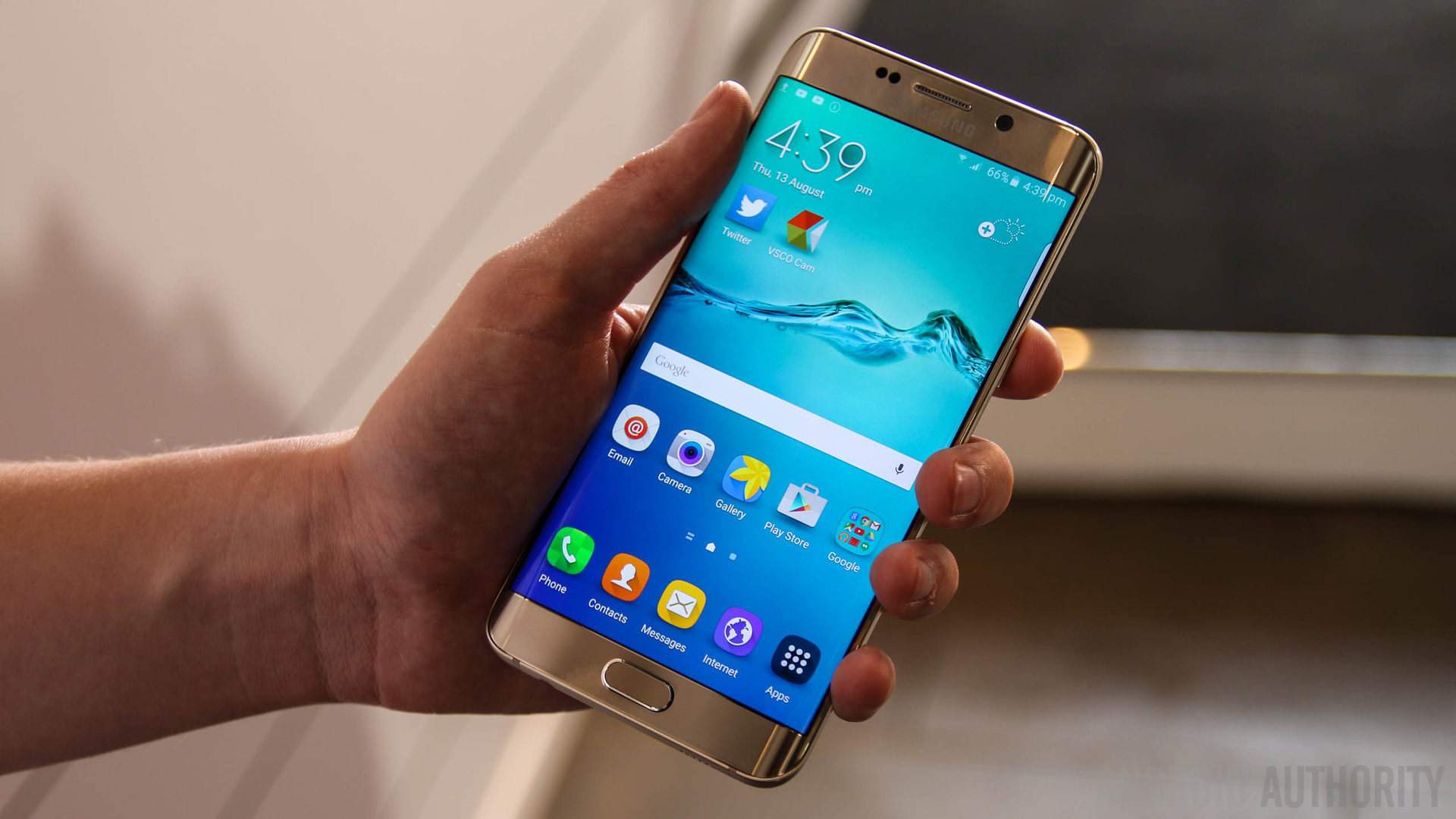
Several months ago I wrote a somewhat contemptuous piece; it argued that Samsung’s Galaxy S6 Edge lacked any genuine reason to substantiate its existence other than the fact it was curved. Since then, having spent time with both the standard S6 and the Edge variant, I concluded that indeed my personal conviction was correct. While noteworthy and novel, the curved display -I feel- is little more than a gimmick used to coerce customers into laying out more money.
Samsung, woefully aware that customers faced with two expensive, similar products, went head-over-heels for the curved one, has now done it again, this time rehashing the Edge for a larger product that has 1GB of extra RAM and a slightly larger battery than that which inspired it. The price is an issue which is both spot-on and strike-out. On the one hand, a product as premium as this simply shouldn’t cost less than it does. The curved screen alone sets it apart from everything else like it.
On the other hand, Samsung was, until just recently, charging the exact same price for the standard S6 Edge. It’s curious how suddenly the original needed a price cut simply because the S6 Edge+ can’t cost more. If this device were to have actual, original features such as those the Note Edge possessed last year, perhaps it might be just as expensive (the Note Edge retailed for around $900).
While the story seems simple enough, let’s look into the basis for my rational:
The timing
I am going to venture out on a limb here and surmise that at least some of the people who bought a Galaxy S6 Edge are upset about the S6 Edge+. Given that phablets have become increasingly more popular over the years, it would follow that more people want to buy them. When the S6 Edge released however, there was absolutely no way of knowing if or when there would be a larger version. As such, anyone interested in such a device would obviously have gone out and purchased the smaller one, even if what they really wanted was a bigger screen. Here we are, just four months later, and suddenly Samsung has just that.
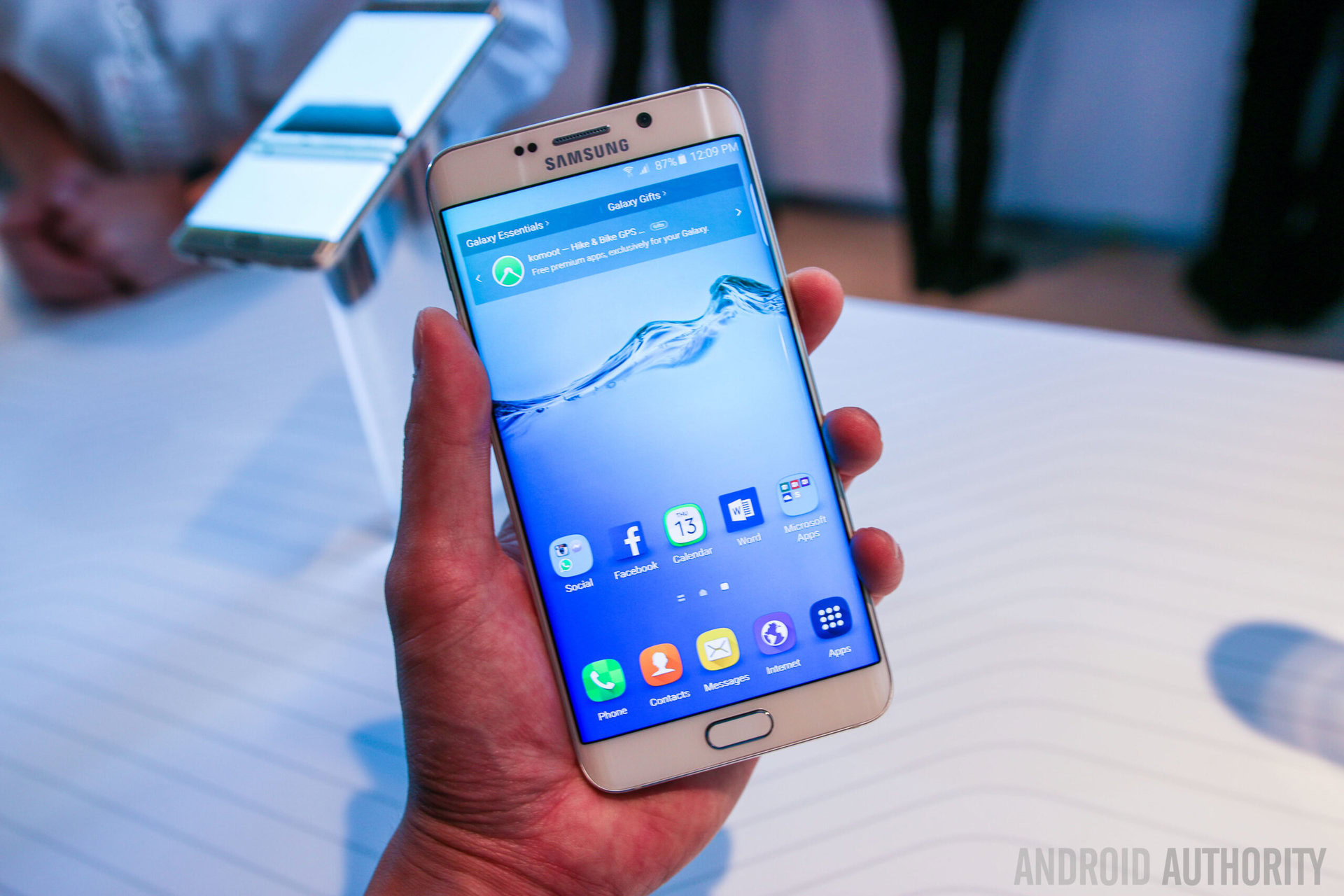
If you ask me, the best timing for the Galaxy S6 Edge+ would have been to announce it alongside the Galaxy S6 Edge. In hindsight, Samsung could have skipped the Galaxy S6-standard entirely and just have released the two curved products as the sole “S” flagships for this year. At the very least, had customers been given a choice from the beginning, those that wanted a phablet could have bought it and not feel animosity towards the company now offering it.
Make no mistake: this is not a simple “wait and see” situation. Especially for the mainstream consumers who don’t follow tech actively, there was absolutely no way of knowing an Edge+ would be made. It’s not as if Samsung had a clear history of doing this kind of thing before; it’s not the same as when someone buys last year’s model then gets upset when the new one is announced a week later. Samsung has, arguably, done itself a great disservice in the manner in which it has timed the Galaxy S6 Edge+, simply because a sizable number of potential customers may already have the original and not be in the market to re-purchase it.
Samsung should have skipped the standard Galaxy S6 entirely and just have released the two S6 Edge devices.
The RAM issue
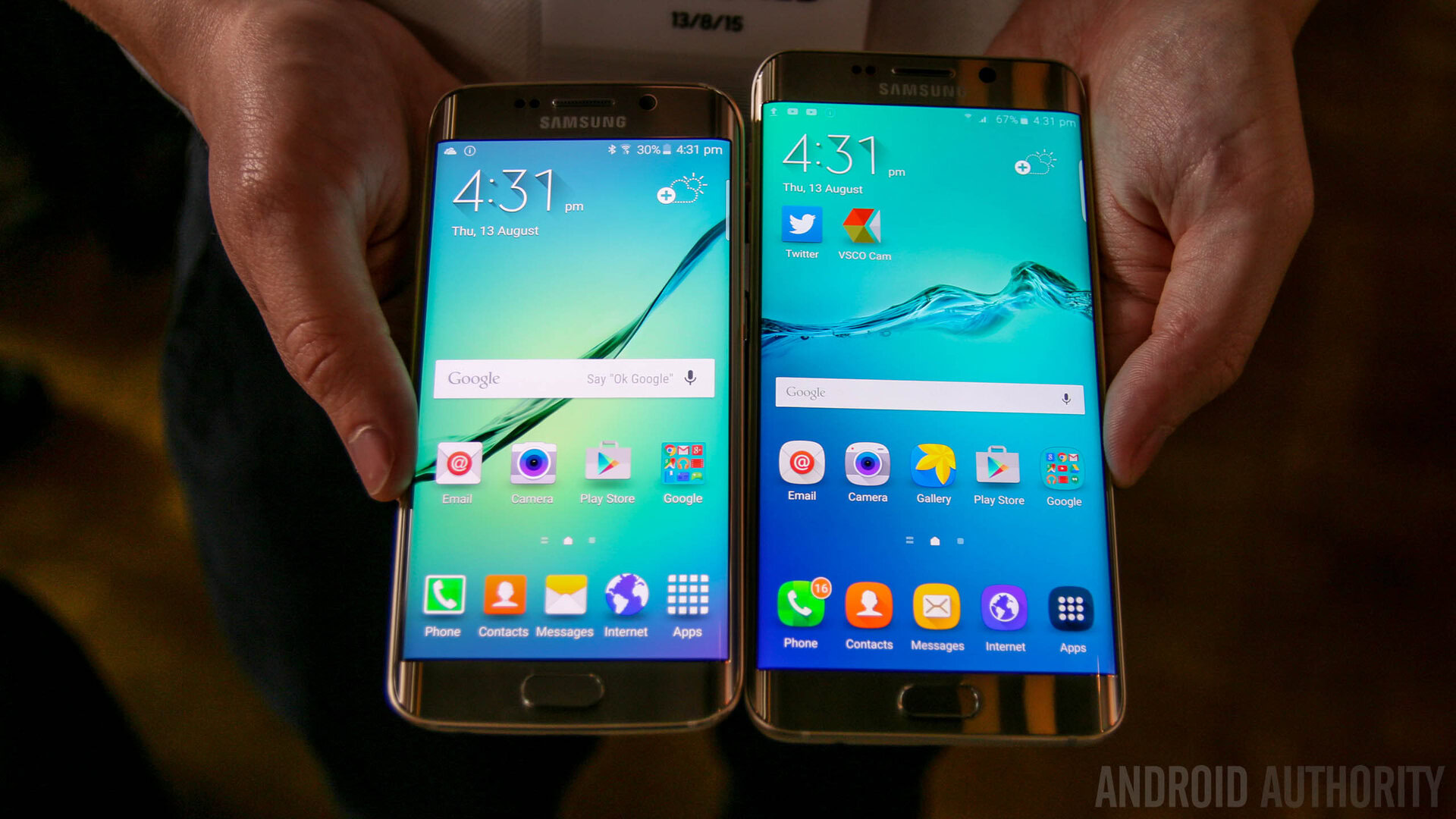
Despite the fact that TouchWiz was slimmed down for 2015 flagships, it is still causing trouble with respect to operation. The Galaxy S6 and its sibling, to this day, are often accused of overly-aggressive RAM management. Basically, the system kills off background apps in an attempt to free up RAM and prevent lag. Then again the Galaxy S6 Edge had but 3GB of RAM. The Galaxy S6 Edge+ on the other hand, has 4GB of RAM, and thus should ideally operate much smoother and perhaps even avoid the background task management issue.
Again though, I am confronted with the simple idea that Samsung has released a “proper” version of its earlier product. Why didn’t the original model have 4GB of RAM? Why is it necessary to add the extra RAM to this product and thereby cast a shadow over the standard model? I sincerely doubt that the tens and tens of millions of customers who purchased the S6 Edge would be happy to hear that their “new” product is now not only blase, but also under-specced. In a period of intense competition from cheaper rivals, having this extra futureproofing would definitely have been a nice thing.
The problem with the Galaxy Note 5, and the fact that Europe is left in the dark
The simple fact that the Galaxy Note 5 costs less than the S6 Edge+ actually speaks volumes. It serves to suggest that Samsung actually views the Note as having less value, despite the very fact that the presence of the S-Pen software suite intrinsically allows for so much more productivity and functionality. No, just because the Note 5 has a flat screen it is therefore evaluated as the “back burner” product, something that could not be more clear than in Samsung’s own decision not to release it in Europe.
[related_videos align=”center” type=”custom” videos=”634297,634296,634295,634225″]
The utter notion that the Note 5 won’t release in Europe is both saddening and shocking at the same time. While I don’t have concrete numbers to go on, I’d wager a bet that the Galaxy series has a bit more market share in any random European country than the whopping 7% it had in Japan back in Q4 2014. While the Note 5 has yet to be announced [in Japan], assuming it does, the sheer lack of judgment will be just mortifying. Europe has been synonymous with the Galaxy Note series, and yet it’s being spurned.
Clearly Samsung feels that the curved display is a major win factor, and given the smaller S6 Edge’s superior sales to the standard S6, I can not disagree. But to actually seek and promote this phablet as somehow being more relevant than the Galaxy Note 5 is an idea that personally rubs me the wrong way.
Point or purpose? There is none.
Another factor working against the Galaxy S6 Edge+ is that the one “differentiating” element, a revised Edge Panel pop-up, is now being made available to the original S6 Edge. The new feature now allows users to side-swipe an extra panel that allows for immediate application shortcuts. Clearly this has nothing to do with RAM requirements.
Equally puzzling is the fact that the IR blaster has been removed from the S6 Edge+. For years and years, Samsung has been pushing and promoting the idea that its flagship can be used as a replacement for a home remote controller. It has had a partnership with companies like Peel to provide customized service for the functionality. And yet. Suddenly, it’s gone. Personally I have never used the IR feature even once in all the years, but I am most certainly disgusted with the notion of removing basic functionality for seemingly no reason aside from cost cutting.
The Galaxy S6 Edge is now receiving the S6 Edge+'s sole software differential. Clearly RAM is not an issue.
I will point out, yet again, that the Galaxy Note Edge had far more innate functionality, and it’s downright confusing as to just why it was deemed unworthy of replicating in 2015; the S-Pen really wasn’t a requirement, though perhaps a slightly stronger slope was. Still, Samsung has released a large size Galaxy S6 and basically done nothing with it. Many had expected that with the larger screen size would have come some truly terrific software to take full advantage of it. Alas…
It’s Apple. Seriously.
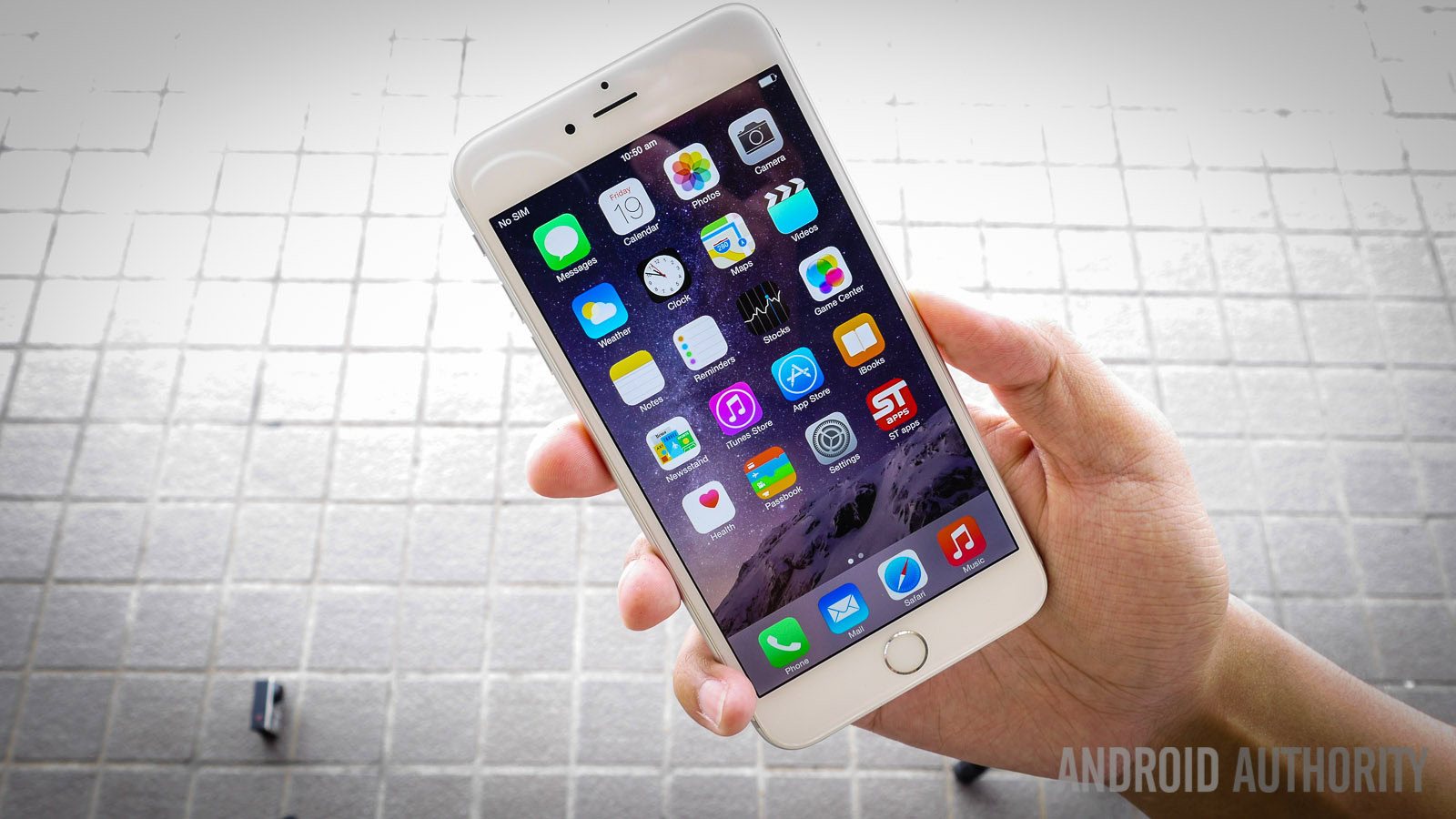
If you ask me, there is one reason that the Galaxy S6 Edge+ exists, and that reason is the same one that saw the release of last year’s Galaxy Alpha, and why The Wall Street Journal surmised Samsung bumped up the product timeline. Korea’s most famous OEM needs to have a product that can go head-to-head with Apple. After Cupertino arguably took control of phablet sales within a month following the release of the iPhone 6 Plus, Samsung presumably realized that having one phablet wasn’t enough. It needed two separate ones, so that it could capture both markets simultaneously: those who want a Note, and those who don’t.
Mind you, the fact that the S6 Edge+ costs more than the Note, as mentioned before, is a bit curious. Perhaps, had Samsung wanted to make a second product to attack the upcoming iPhone 6s Plus, a slightly cheaper one would have been more apropos. The issue at hand seems to be of a two-fold nature: there is an component of fixation and one of fear. Let’s examine both briefly:
Fixation: In the history of the Galaxy S series, there has not once been a simultaneous product launch like the Galaxy S6 and S6 Edge saw. While there are many theories that can be argued, personally I believe that Samsung intended for the S6 Edge to be the true flagship, yet released the standard S6 out of fear a Note 4/Note Edge-type situation might occur. Why the premium build though? Why remove key features like microSD support, the IR blaster, and a removable battery? Of course Samsung is facing increased competition from Asian OEMs in China and India, but it inevitably also discovered that it no longer had to care about what users wanted. Rather -just like Apple- it feels it can dictate, not abdicate.
Fear: Why would Samsung actually even need to make a Galaxy S6 Edge+ when the standard model seemed sufficient? Well, Apple has the iPhone 6 and iPhone 6 Plus, and the latter did a lot of market share damage to Samsung just within the first few weeks of release. Samsung, which had championed -and arguably gave birth to- the phablet in the early days of Android, was suddenly put in a very vulnerable position. Here was its biggest competitor offering a similar product, along with countless other OEMs on the Android side of things.
The solution? Simple: this year it needs to have a standard phablet on the market so that undecided customers aren’t totally stricken with fruit fever. Or so it believes.
Why the delay?
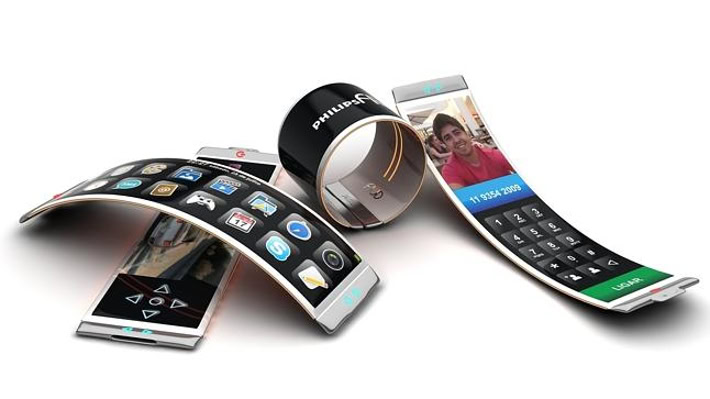
While there are arguably a number of Galaxy fans who are upset at the idea of a phablet-sized device released just months later, aside from the Apple theory that arguably “necessitates”, there is another possibility that elucidates: production. Consider that making a 5.1-inch Dual Edge Display was difficult enough; Samsung actually had to open an entire extra facility just to meet the demand. Now consider the prospect of making an even larger display. Throw in the possibility that had the general public gone gaga over the standard S6, that would have made for quite a few unsold pricey parts in production.
Samsung, arguably, had to wait until now to release the Galaxy S6 Edge+ simply because it just wasn’t feasible to release it earlier.
Wrap Up
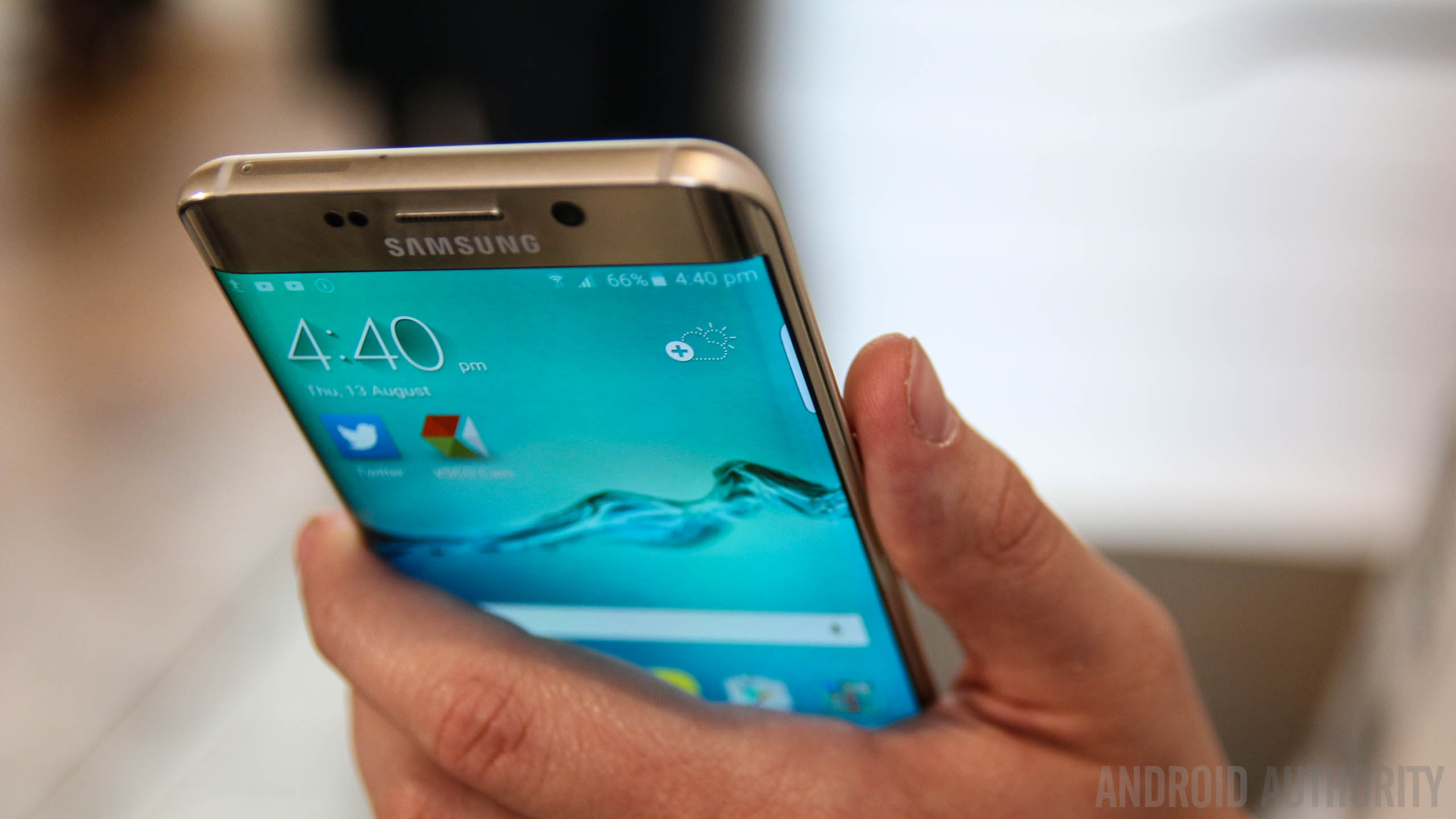
As I’ve argued from the beginning, there is nothing actually wrong with the Galaxy S6 Edge+. In fact, there was nothing even wrong with the original model that spawned it. The phone is a beautiful piece of craftsmanship that has some of the most cutting-edge display technology available in the market today. It’s pleasant to hold, nice to look at, and will inevitable draw the glances of anyone around.
With this said, I personally am all-in-favor of the Galaxy Note 5, viewing it as the superior product despite having a “boring” flat screen. The lack of genuine software optimization for the S6 Edge+ that would justify its large screen size irritates me. Samsung, a company that has always been about throwing a dizzying array of features and bloat, has suddenly opted to shy away from its normal antics, yet in the process, has stripped its flagship product of the very innate, exclusive functionality that to this day, justifies the existence of the Note series. The Galaxy S6 Edge+ is, through and through, simply a large Galaxy S6 Edge. While that’s not a bad thing, it’s not exactly a new one, either.
Of course that’s just one man’s opinion. Do you agree, is the Edge+ a must have device or nothing more than a minor update to the Edge that arguably should have been released months ago?